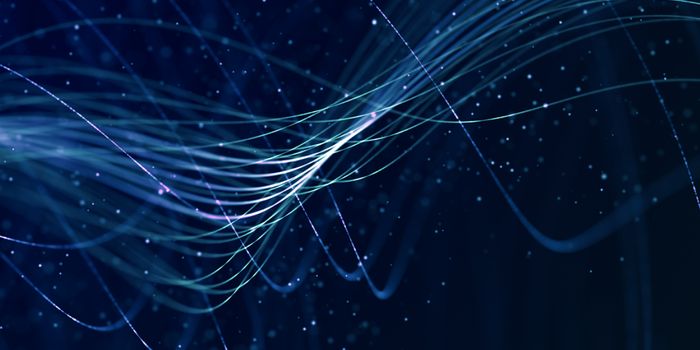To Regenerate Neurons, Look to the Epigenome
Head trauma, and many neurological disorders like epilepsy, stroke, or Parkinson's disease, for example, can cause nerve cell damage or death. It was long thought that neurons could not be regenerated. Some studies have suggested that it may be possible to restore some lost neurons, though it may be quite challenging. Research has now indicated that one way to regrow or restore damaged or dead neurons in the central nervous system could be by changing one type of cell into another.
The central nervous system is full of glial cells, which are non-neuronal cells. Glial cells have been reprogrammed, genetically, to become neurons in cell culture and animal models. Researchers have now learned more about the molecular mechanisms that underlie this transformation from glial to neuronal cells, which could improve efforts to regenerate neurons in patients. The work has been reported in Nature Neuroscience.
This study has analyzed changes in the epigenome that occur as cells change types. The epigenome consists of different characteristics of the genome, such as its physical structure, and the chemical tags that adorn it, such as methyl groups, which can significantly affect the expression of genes without modifying the sequence of DNA.
The epigenome can also help regulate when and where genes are expressed. The identity of a cell depends on what genes are active inside of that cell, so gene expression regulation can help control cell type.
In this work, the researchers revealed how one transcription factor can help orchestrate changes in the epigenome. By profiling the epigenetic characteristics in cells, the scientists discovered a posttranslational modification made to a transcription factor that is crucial to neuronal reprogramming, called Neurogenin2. But this transcription factor does not work alone, either. It is aided by a transcriptional regulator called YingYang1.
YingYang1 was shown to alter the structure of the genome (compacted as chromatin), to influence how it interacts with Neurogenin2.
"The protein YingYang1 is crucial for achieving the conversion from astrocytes to neurons," explained senior study author Magdalena Götz, Chair of Physiological Genomics at LMU, among other appointments. "These findings are important to understand and improve reprogramming of glial cells to neurons, and thus bring us closer to therapeutic solutions."
Sources: Ludwig Maximilian University of Munich, Nature Neuroscience









